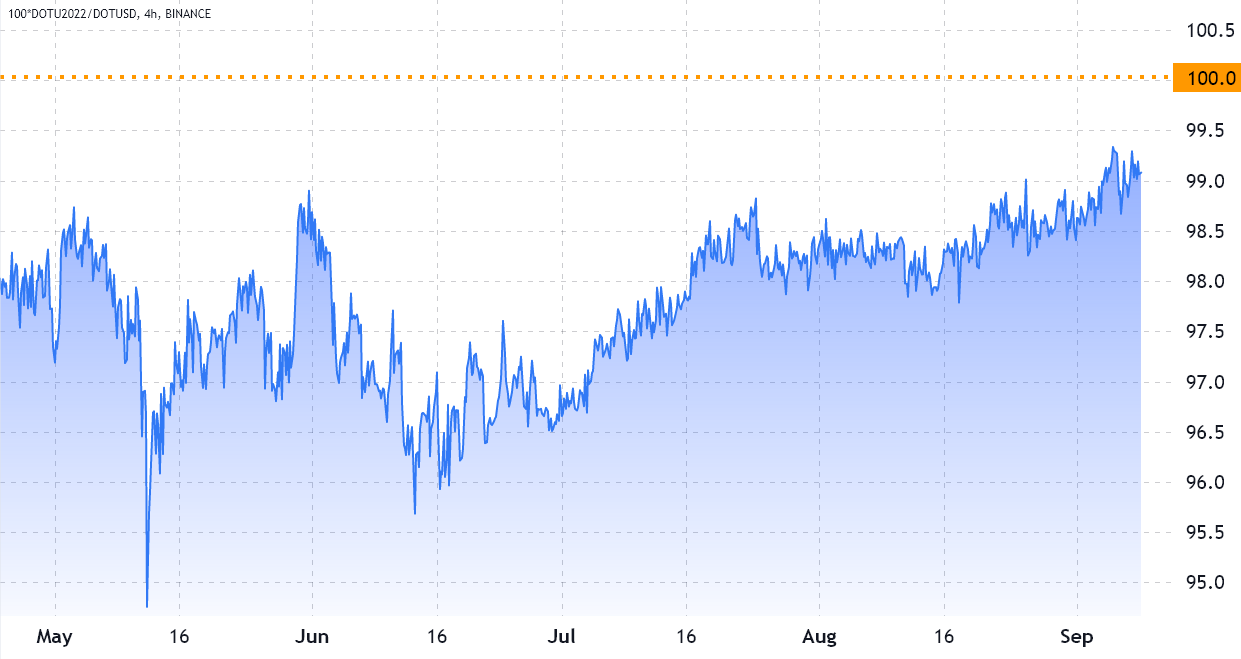
Crypto traders love to “ape” and make “degen” investments using high leverage in futures markets, but most traders fall victim to these three key mistakes.
Many traders frequently express some relatively large misconceptions about trading cryptocurrency futures, especially on derivatives exchanges outside the realm of traditional finance. The most common mistakes involve futures markets’ price decoupling, fees and the impact of liquidations on the derivatives instrument.
Let’s explore three simple mistakes and misconceptions that traders should avoid when trading crypto futures.
Derivatives contracts differ from spot trading in pricing and trading
Currently, the aggregate futures open interest in the crypto market surpasses $25 billion and retail traders and experienced fund managers use these instruments to leverage their crypto positons.
Futures contracts and other derivatives are often used to reduce risk or increase exposure and are not really meant to be used for degenerate gambling, despite this common interpretation.
Some differences in pricing and trading are usually missed in crypto derivatives contracts. For this reason, traders should at least consider these differences when venturing into futures markets. Even well-versed derivatives investors from traditional assets are prone to making mistakes, so it’s important to understand the existing peculiarities before using leverage.
Most crypto trading services do not use U.S. dollars, even if they display USD quotes. This is a big untold secret and one of the pitfalls that derivatives traders face that causes additional risks and distortions when trading and analyzing futures markets.
The pressing issue is the lack of transparency, so clients don’t really know if the contracts are priced in stablecoin. However, this should not be a major concern, considering there is always the intermediary risk when using centralized exchanges.
Discounted futures sometimes come with surprises
On Sept. 9, Ether (ETH) futures that mature on Dec. 30 are trading for $22 or 1.3% below the current price at spot exchanges like Coinbase and Kraken. The difference emerges from the expectation of merge fork coins that could arise during the Ethereum merge. Buyers of the derivatives contract will not be awarded any of the potentially free coins that Ether holders may receive.
Airdrops can also cause discounted futures prices since the holders of a derivatives contract will not receive the award, but that’s not the only case behind a decoupling since each exchange has its own pricing mechanism and risks. For example, Polkadot quarterly futures on Binance and OKX have been trading at a discount versus DOT price on spot exchanges.

Notice how the futures contract traded at a 1.5% to 4% discount between May and August. This backwardation demonstrates a lack of demand from leverage buyers. However, considering the long-lasting trend and the fact that Polkadot rallied 40% from July 26 to Aug. 12, external factors are likely in play.
The futures contract price has decoupled from spot exchanges, so traders must adjust their targets and entry levels whenever using quarterly markets.
Higher fees and price decoupling should be considered
The core benefit of futures contracts is leverage, or the ability to trade amounts that are larger than the initial deposit (collateral or margin).
Let’s consider a scenario where an investor deposited $100 and buys (long) $2,000 USD worth of Bitcoin (BTC) futures using 20x leverage.
Even though the trading fees on derivatives contracts are usually smaller than spot markers, a hypothetical 0.05% fee applies to the $2,000 trade. Therefore, entering and exiting the position a single time will cost $4, which is equivalent to 4% of the initial deposit. That might not sound much, but such a toll weighs as the turnover increases.
Even if traders understand the additional costs and benefits of using a futures instrument, an unknown element tends to present itself only in volatile market conditions. A decoupling between the derivatives contract and the regular spot exchanges is usually caused by liquidations.
When a trader’s collateral becomes insufficient to cover the risk, the derivatives exchange has a built-in mechanism that closes the position. This liquidation mechanism might cause drastic price action and consequent decoupling from the index price.
Although these distortions will not trigger further liquidations, uninformed investors might react to price fluctuations that only happened in the derivatives contract. To be clear, the derivatives exchanges rely on external pricing sources, usually from regular spot markets, to calculate the reference index price.
There is nothing wrong with these unique processes, but all traders should consider their impact before using leverage. Price decoupling, higher fees and liquidation impact should be analyzed when trading in futures markets.
The views and opinions expressed here are solely those of the author and do not necessarily reflect the views of Cointelegraph. Every investment and trading move involves risk. You should conduct your own research when making a decision.






























